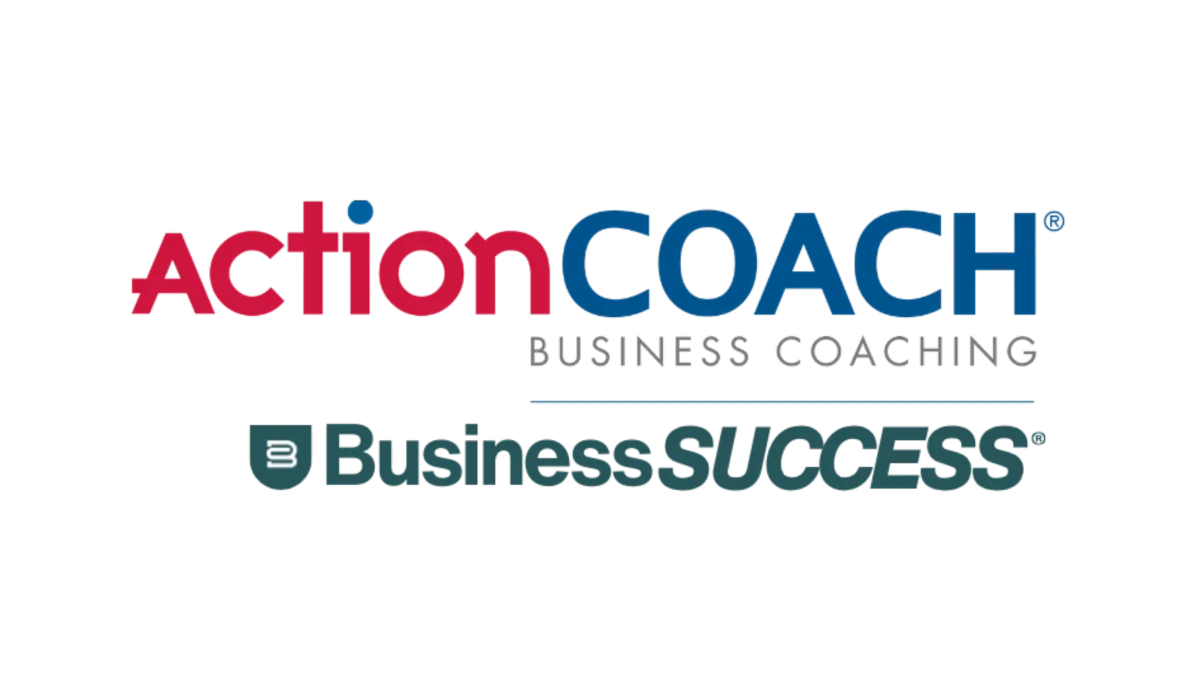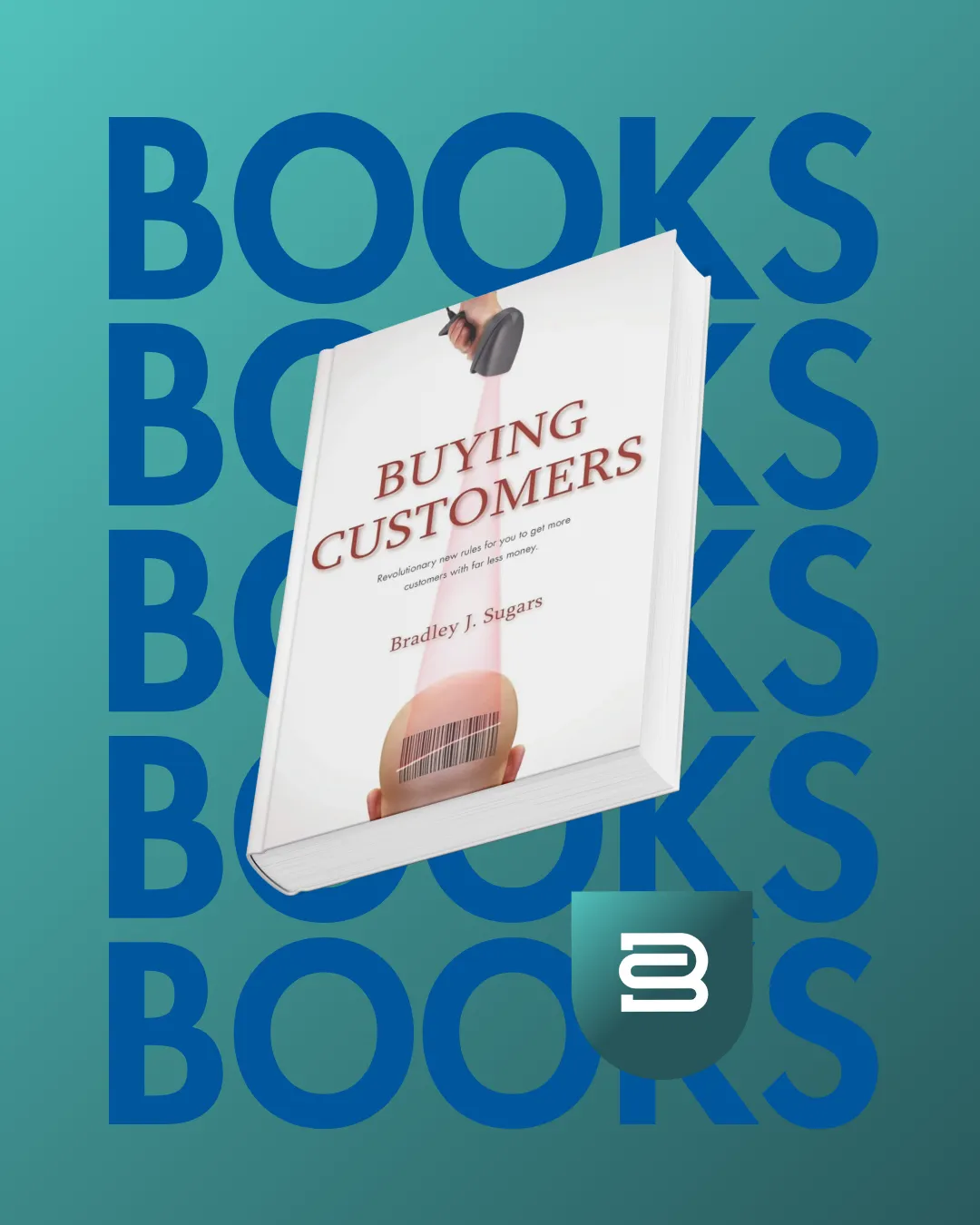
3 Most Common Business Bottlenecks that you need to know
Are you a business owner who wants to maximize business success and get the most out of your small or local business?
In this video, I’ll show you how to identify and address the three most common business bottlenecks that can impede progress.
Plus, I’ll provide tips on how to avoid future jams. So let’s unearth them together right after this.
In this video, we will discuss the three most common business bottlenecks that can impede progress and how to identify and address them. We will also provide tips for avoiding future jams by implementing automation, data analysis and process optimization strategies.
Business bottlenecks are a common problem that can significantly impede progress leading to significant business losses. Commonly caused by inefficient processes, inadequate resources, or a lack of knowledge, business bottlenecks can create damaging situations for business owners.
Identifying business bottlenecks is essential to address the underlying issues causing them. Typical signs of business bottlenecks include decreased productivity and efficiency, slow customer response times, and reduced profit margins. In addition, keeping track of business costs, identifying areas where costs could be cut or streamlined, and paying attention to employee morale are all critical indicators that can help you spot possible business bottlenecks before they become significant problems.
One example of a typical business bottleneck is when a single person has to approve something, or a single person has to review and approve customer orders. If the blockage is not addressed, processes can become slower or stalled all together, leading to delays in business operations and business losses. I often see businesses where the owner is the biggest bottleneck, is this you?
You can address business bottlenecks by identifying the areas that are causing them and taking steps to improve their processes.
This could include introducing automation into specific business tasks and functions, streamlining processes to reduce manual labor or duplication of efforts, investing in better quality resources such as software or hardware that could increase efficiency, improving employee skills through training programs, or maybe getting out of the way so that the team can do their jobs! Additionally, data analysis can identify business patterns, trends, and inefficiencies to help you address business bottlenecks.
Finally, you should focus on preventing future business bottlenecks by implementing strategies such as automating specific tasks or processes, analyzing data regularly to identify areas of inefficiency, and creating process optimization plans. This will help you anticipate any potential problems and take steps to ensure business operations run smoothly. That concludes our look at the three most common business bottlenecks and how to address them.
Remember, business success depends on the proper management of your resources. Identifying and addressing business bottlenecks can help you get the most out of your local small business! I would love to hear from you about your experience with business bottlenecks and your strategies to identify and address them.
What have you done in your business to ensure that processes run smoothly?
Have you implemented automation, data analysis, or invested in resources such as software or hardware?
Has process has process optimization been beneficial for your business?
Have you experienced any unexpected benefits from introducing specific strategies?
How has addressing business bottlenecks helped improve efficiency, reduce costs, and maximize profits within your company?
I invite all business owners to share their experiences with business bottlenecks – both good and bad – to help others make informed decisions when facing similar issues. Your feedback is appreciated!
Would you like to learn more about avoiding bottlenecks or other topics regarding business success?
Yeah?
Great!
Be sure to click the link to learn more about having a business that works without you.
Thank you.









